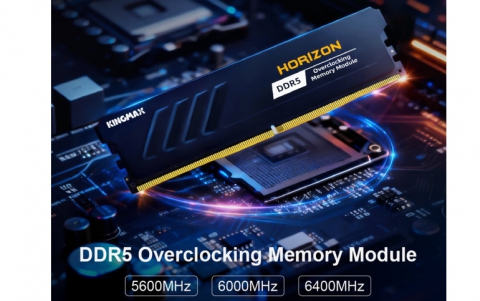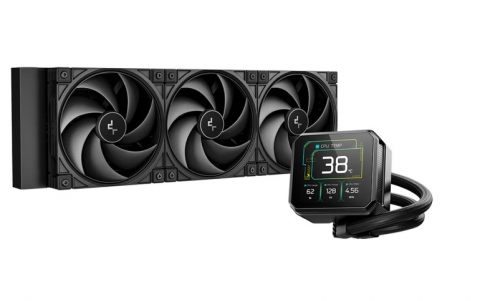Google Designed New Pixel Visual Core Chip Internally
Google on Tuseday unveiled Pixel Visual Core, its first internally designed chip for consumer devices, the latest sign of the search engine's hardware ambitions.
Pixel Visual Core is a system-on-a-chip (SoC) that improves the camera of the Pixel 2, Google's latest smartphone. The chip will help the phone handle images with high dynamic range (HDR), a technology that captures more detail in mixed lighting situations.
Using the Pixel Visual Core, Google said the phone's camera hardware will process HDR images five times faster and use less than a 10th of power than doing so on its main applications processor. The Pixel 2 and Pixel 2 XL both have the new SoC built in but Google says it will be activated in coming months via a software update that will let third party apps tap into the chip's capabilities.
Google's chip, dubbed an Image Processing Unit (IPU), features nine cores. Google included a picture of its new chip's layout showing it contains many of the constituents of a full-blown modern applications processor. The centerpiece of Pixel Visual Core is the Google-designed Image Processing Unit (IPU)-a fully programmable, domain-specific processor designed from scratch to deliver performance at low power. With eight Google-designed custom cores, each with 512 arithmetic logic units (ALUs), the IPU delivers raw performance of more than 3 trillion operations per second on a mobile power budget. Google says that a key ingredient to the IPU's efficiency is the tight coupling of hardware and software-Google's software controls many more details of the hardware than in a typical processor. Handing more control to the software makes the hardware simpler and more efficient, but it also makes the IPU challenging to program using traditional programming languages. To avoid this, the IPU leverages domain-specific languages that ease the burden on both developers and the compiler: Halide for image processing and TensorFlow for machine learning. A custom Google-made compiler optimizes the code for the underlying hardware.
![]()
The SoC is actually a scaled-down and simplified, purpose-built version of Qualcomm's Snapdragon, Samsung's Exynos, or Apple's A series chips.
Designing chips is time-consuming and expensive, and few smartphone makers beyond Apple and Samsung Electronics do it themselves. Google has crafted processors for its data centers, but this is the first time the company has tried it for its nascent consumer hardware. If the company wants to catch smartphone leaders like Apple, it has to do more to marry the hardware and software features of these devices.
All this chip work may add pressure to Qualcomm, which makes the Snapdragon applications processor chips that Google uses in its Pixel phones and its earlier Nexus devices. Qualcomm has touted the ability of its chips to do the kind of image processing that Google now says suggests it can do better by itself. Google said it has no plan to change reliance on Qualcomm and no immediate plans to sell the chip to others.













